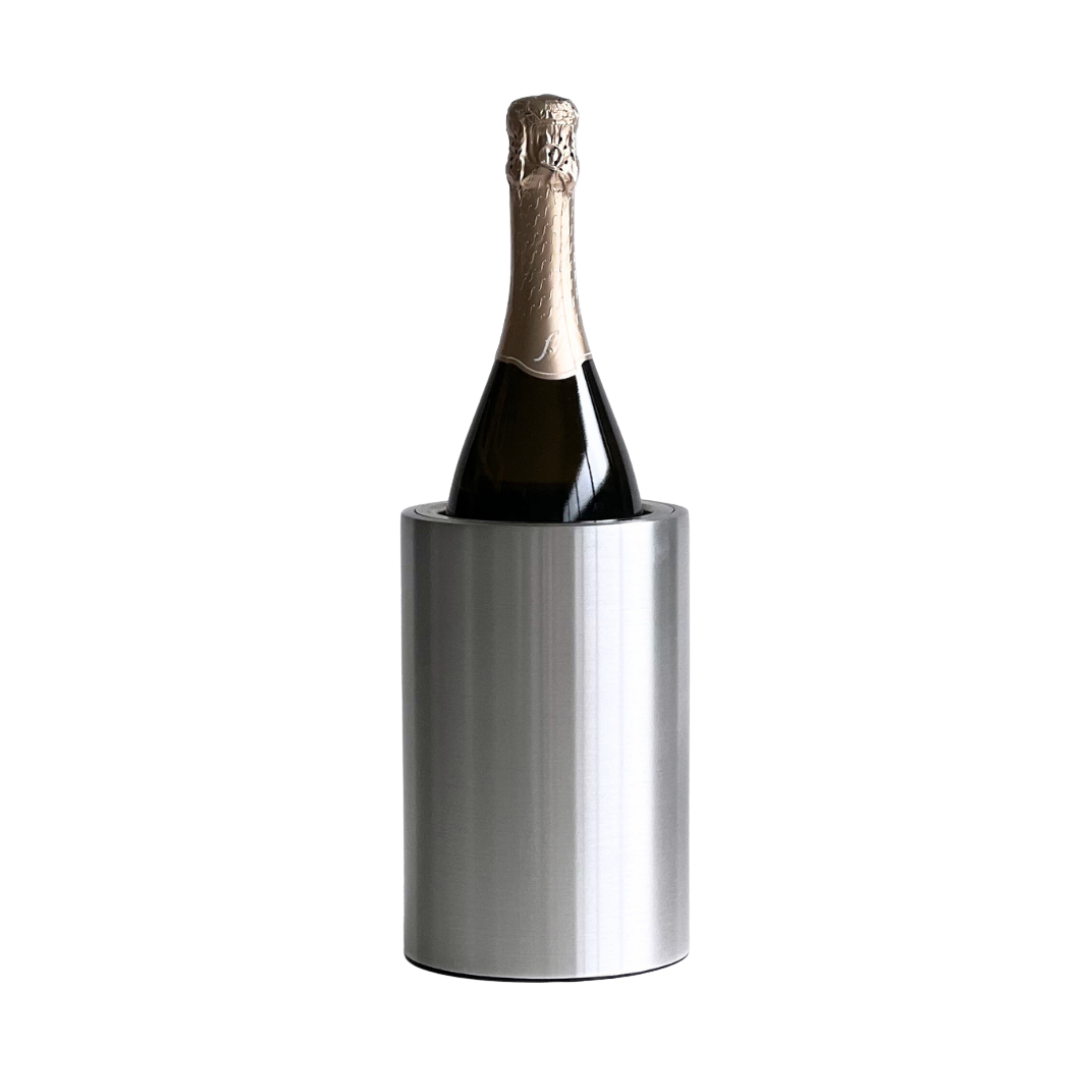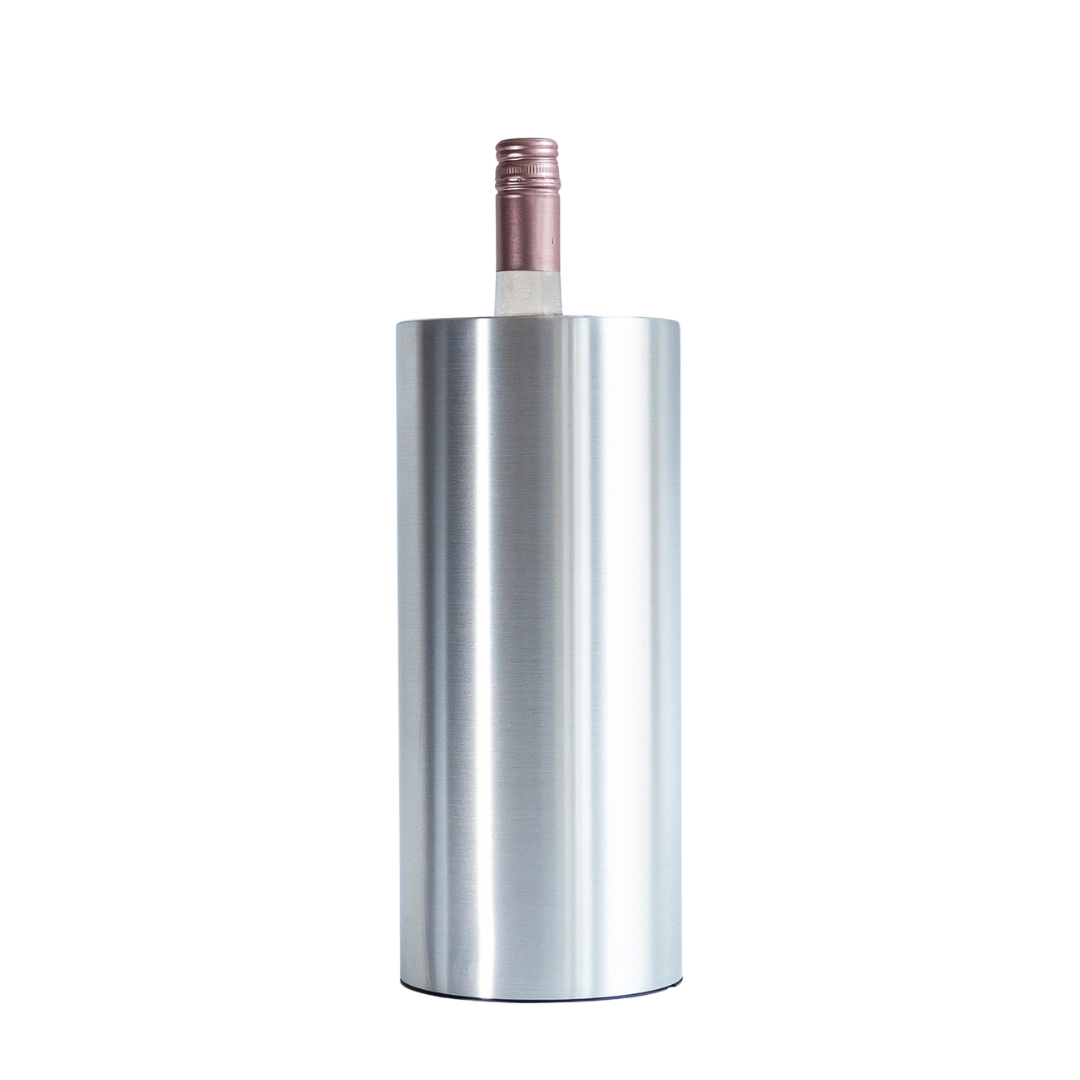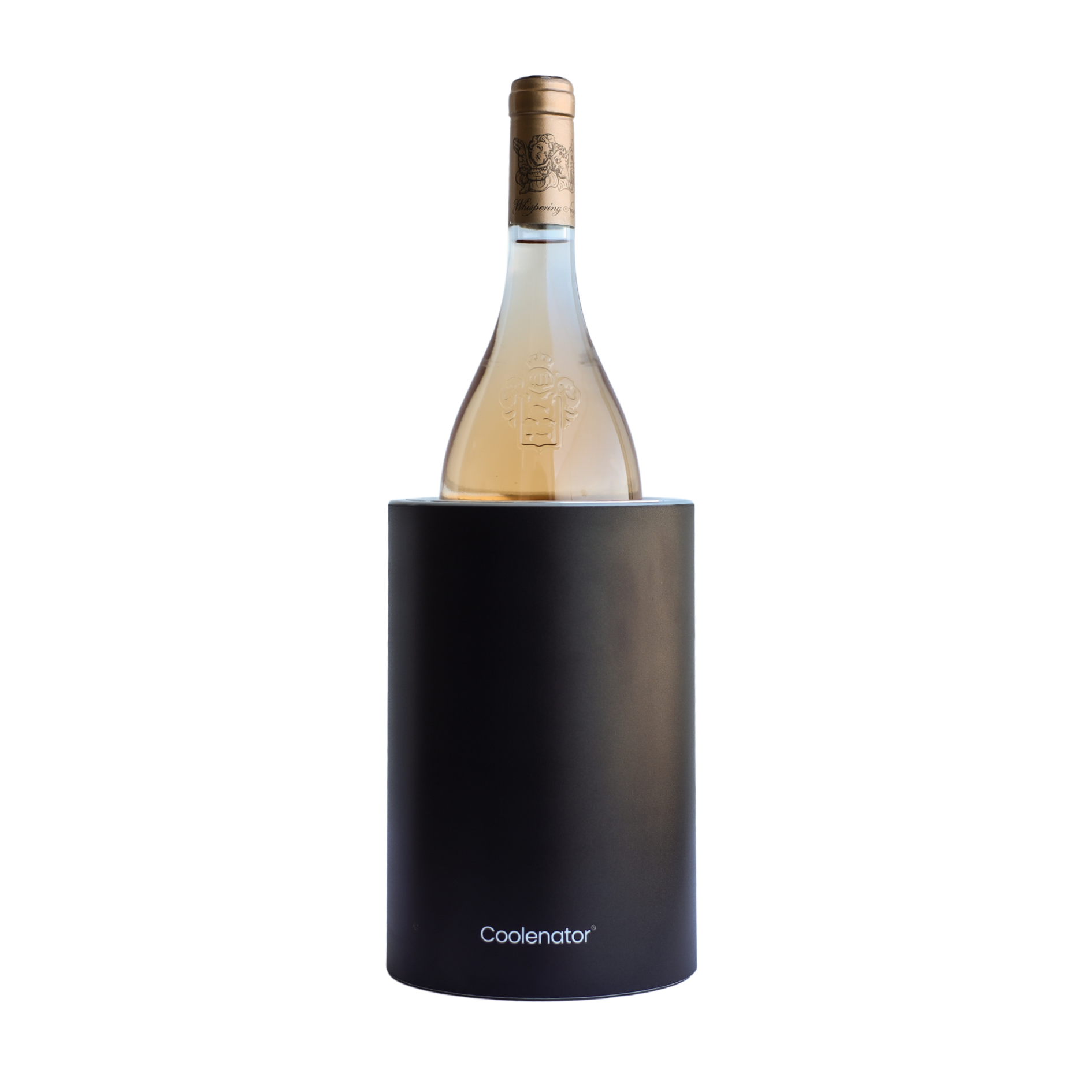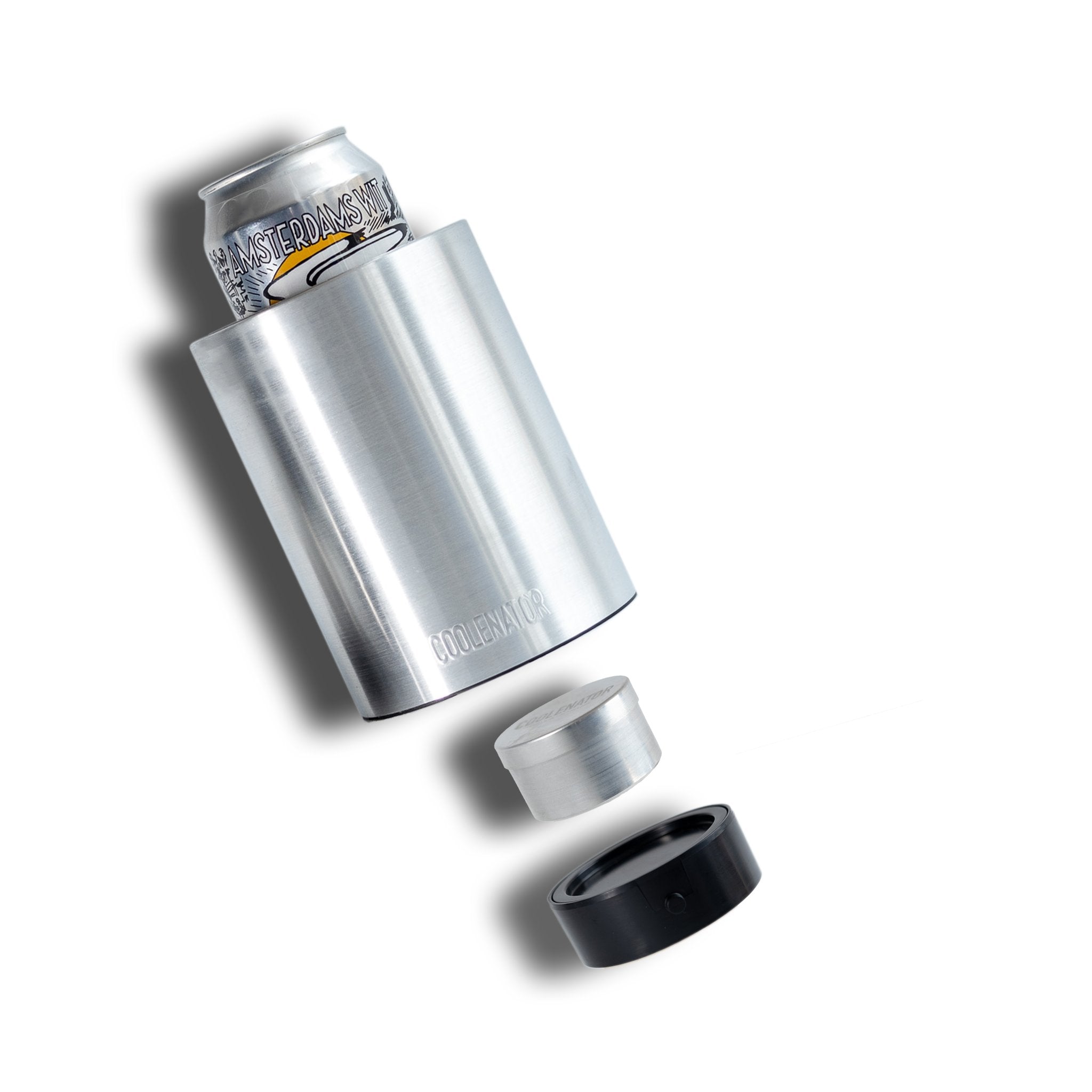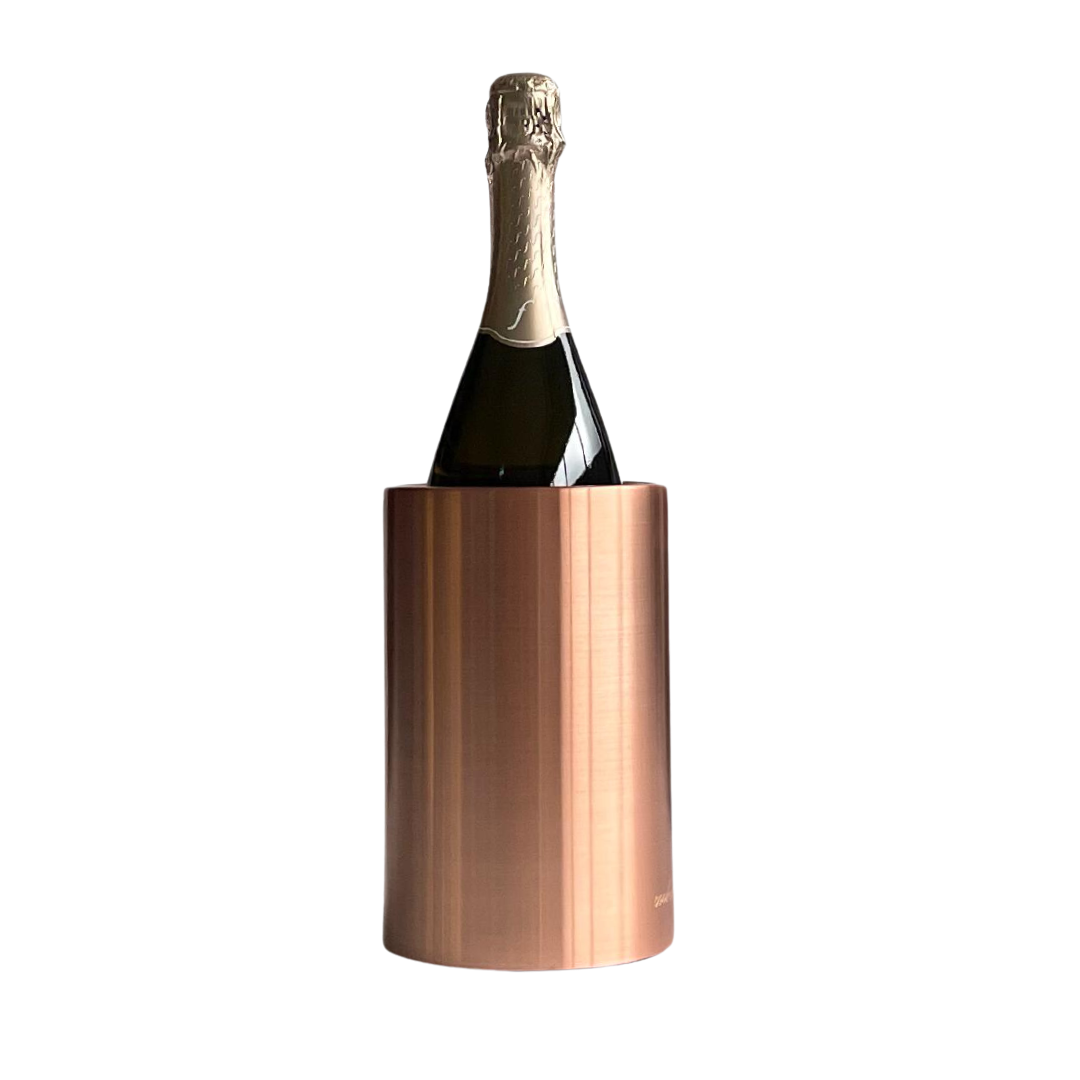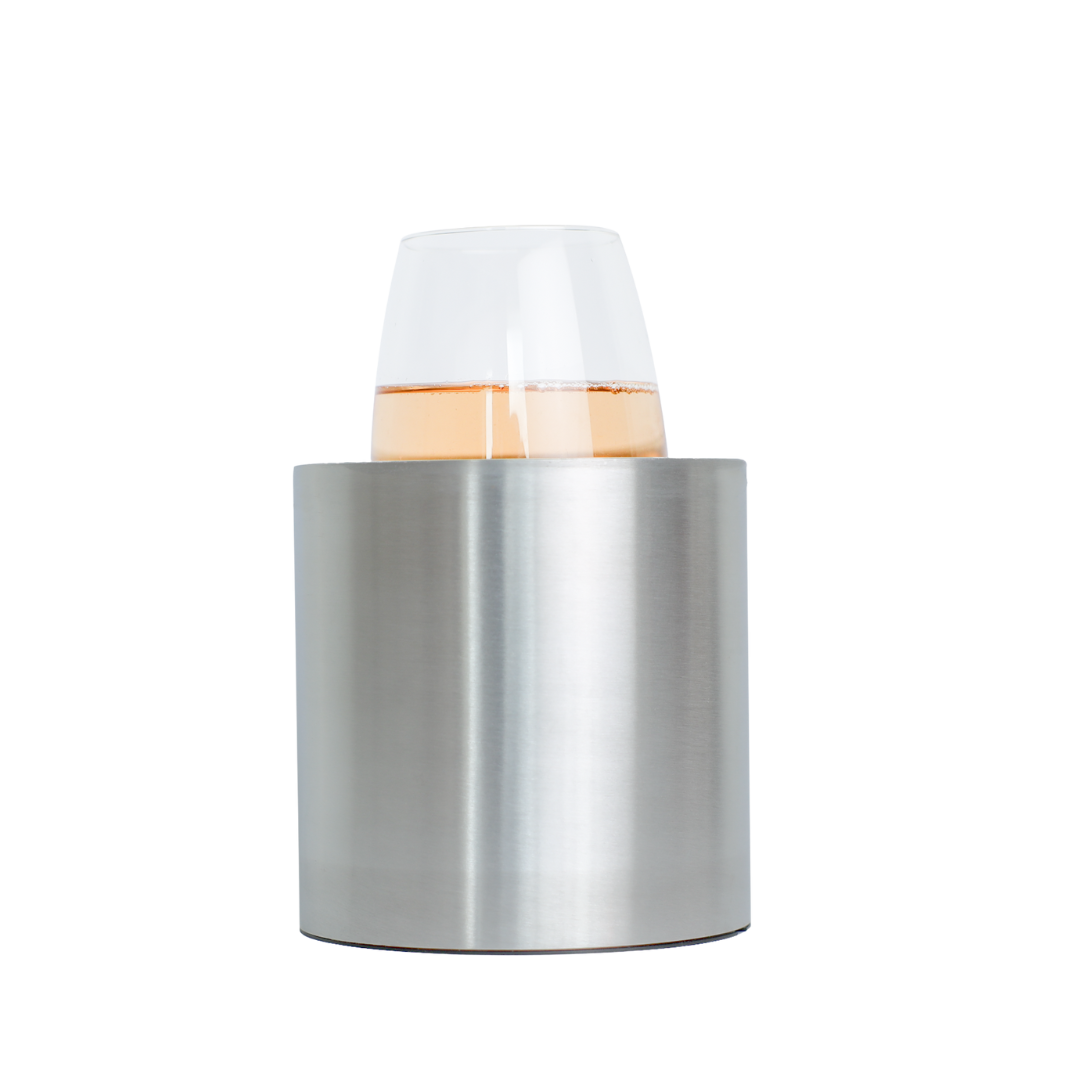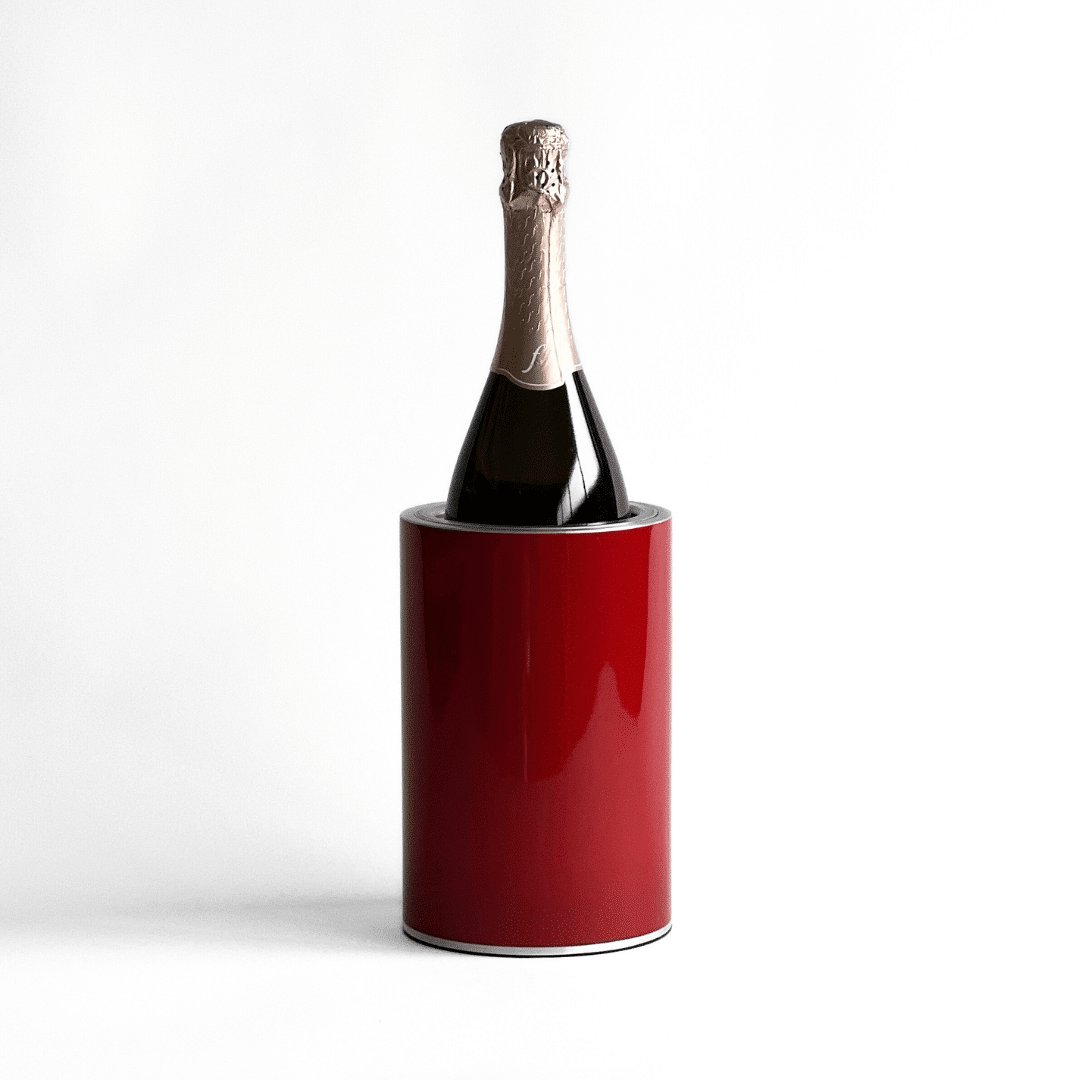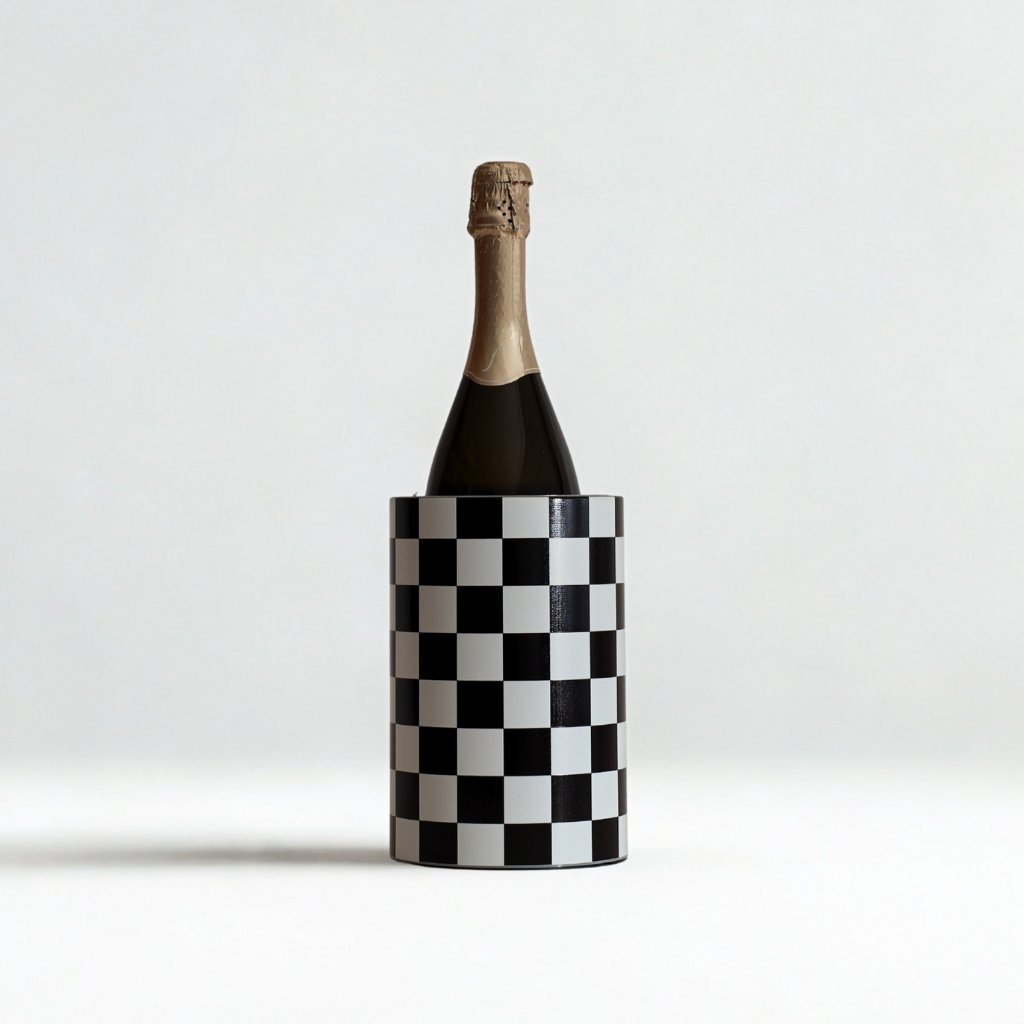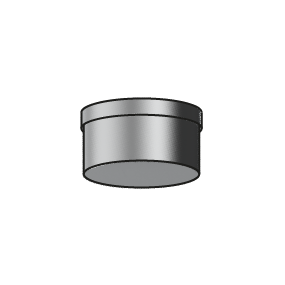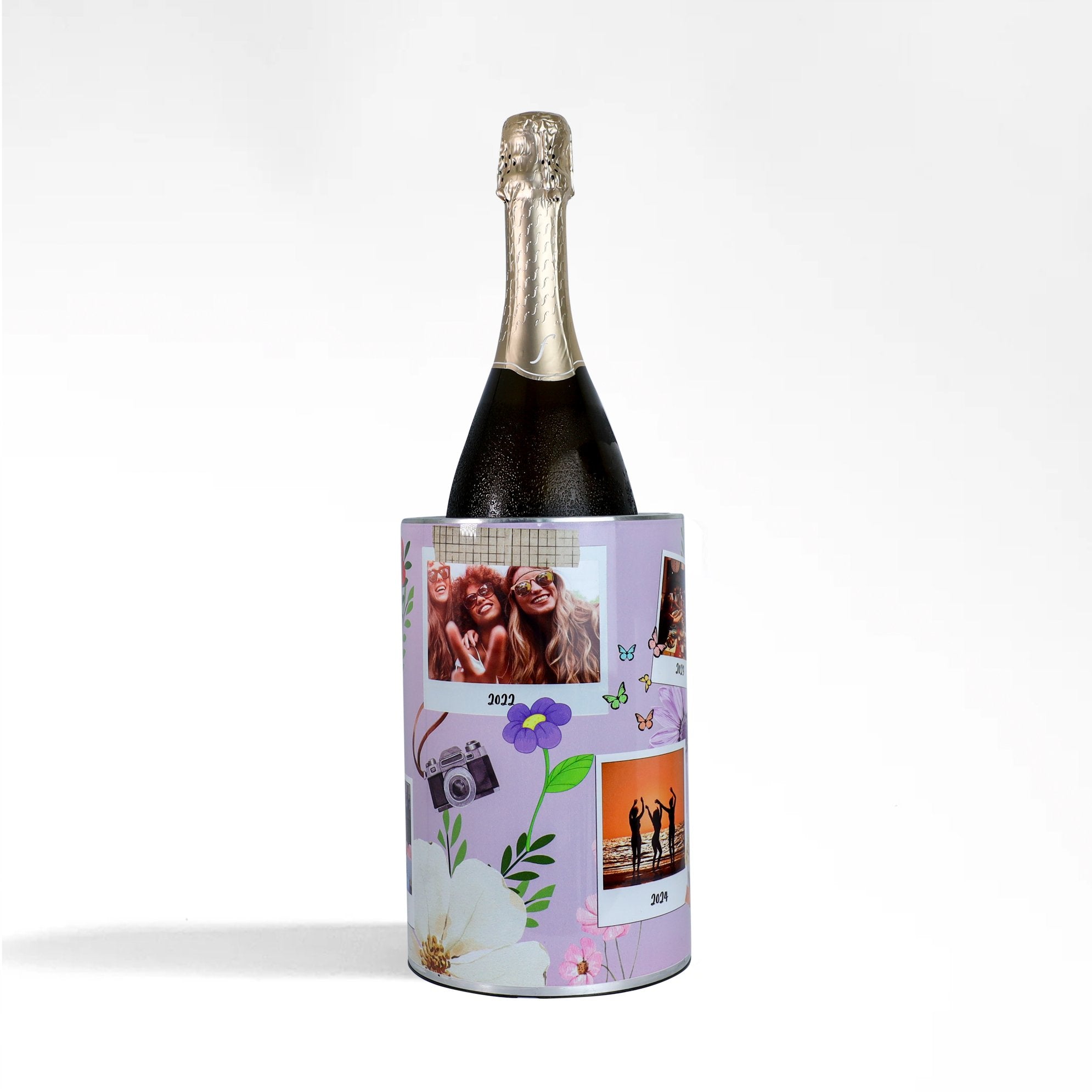Over the past few years, wine lovers around the world have started asking for something a little different. A little funkier. A little cloudier. And a lot more expressive. Enter the world of orange wines, natural wines, and skin‑contact styles, a category that’s both ancient and cutting-edge.
These styles are showing up on wine lists, in trendy wine bars, and across Instagram feeds. But what exactly are they, and why are they suddenly everywhere? In this blog, we’ll break it down in an easy, approachable way. From how orange wine is made to how natural wine differs from conventional bottles, here’s everything you need to know about this fascinating corner of the wine world.
What Is Orange Wine?
Despite the name, orange wine is not made from oranges. It’s made from white grapes that are fermented with their skins, a method usually reserved for red wine. When white grapes are left in contact with their skins for days, weeks, or even months, the result is a wine that has more color, tannin, texture, and complexity than a typical white wine. The color ranges from golden yellow to amber-orange, depending on the grape variety and winemaking technique.
This style of winemaking is thousands of years old, originating in Georgia (the country, not the US state), and has been revived in modern times by natural winemakers who are seeking to reconnect with tradition.
What Are Natural Wines?
Natural wine is more of a philosophy than a strict category. In general, natural wines are made with minimal intervention in both the vineyard and the cellar. That means no synthetic pesticides, no added yeast, and no additives like sulfites unless absolutely necessary. They’re usually unfiltered and unfined, which means they might look cloudy or even contain harmless sediment at the bottom of the bottle.
Natural wine often overlaps with organic or biodynamic winemaking, but not always. The main goal is to express the true character of the grapes and the place they come from, without manipulation. As a result, natural wines can be unpredictable, wild, vibrant, and full of life.
What Does Skin‑Contact Mean?
The term “skin‑contact” refers to any wine, usually white, that is fermented or macerated with the grape skins. This is what turns a white wine into an orange wine. It’s the same method used to make red wine, where the skins add color, flavor, tannins, and a unique texture.
Skin‑contact wines don’t always look orange though. Some are pale yellow with just a hint of grip. Others are deep amber with aromas of dried fruit, herbs, or spice. These wines are not always easy-drinking at first sip, but they can be incredibly food-friendly and complex.
Why These Wines Are Trending
There are several reasons why orange, natural, and skin‑contact wines are gaining popularity, especially in 2025.
1. Curiosity and Experimentation
Wine drinkers today are more adventurous than ever. They’re seeking out new experiences and unique flavors. These wines offer something completely different from the polished, predictable bottles many people are used to.
2. Sustainability and Transparency
Natural wine is often made by small, independent producers who prioritize the health of their vineyards and ecosystems. Consumers are paying more attention to where their food and drink come from, and they value transparency and ethical farming.
3. Food Pairing Versatility
The tannins and texture in skin‑contact wines make them incredibly versatile with food. They can pair well with dishes that are tough matches for traditional whites or reds, such as fermented foods, roasted vegetables, and richly spiced meals.
4. The Rise of Wine Culture at Home
With more people creating wine moments at home, including curated dinners and tastings, these styles offer a talking point and a sensory adventure. Keeping your bottle at the right temperature is also easier than ever with a modern wine cooler like the Coolenator, which keeps your skin‑contact or natural wine chilled without using ice or electricity.
How Orange and Natural Wines Taste
The flavor profile of orange and skin‑contact wines can vary widely. Some are funky and wild, with notes of dried apricot, tea, cider, or even hay. Others are more refined, with floral aromas and savory herbs. They often have more structure and grip than white wines, thanks to the tannins from the grape skins.
Natural wines can also include reds, rosés, and pet-nats (naturally sparkling wines). Some might have slight fizz, some might taste a little sour or earthy, and others are clean and vibrant. No two bottles are exactly the same, which is part of the charm.
Tips for Serving and Enjoying
Because these wines often come with more texture and subtle complexity, serving them at the right temperature is essential. Most orange and natural whites should be served slightly chilled—around 10 to 13°C. Too cold and you’ll mute the aromas, too warm and they might feel flabby or overpowering.
If you're planning a dinner or picnic and want to keep your wine at the ideal temperature all night, try using a Coolenator. It’s the perfect solution for keeping your bottle cool while still looking sleek on the table.
Use a universal wine glass or even a Burgundy-style glass to let the aromas open up. And don’t worry if the wine looks hazy or has sediment—it’s natural and nothing to be afraid of.
Not Sure Where to Start? Try These Orange and Natural Wines
Here’s a list of well-known, accessible orange and natural wines to explore. These bottles are great entry points for both curious beginners and experienced wine lovers looking for something new.
1. Radikon Slatnik (Italy)
A skin‑contact blend of Chardonnay and Tocai Friulano from one of the pioneers of the orange wine revival. Complex, rich, and full of character.
2. Pheasant’s Tears Rkatsiteli (Georgia)
Made in traditional qvevri clay vessels, this amber wine is earthy, slightly tannic, and packed with heritage.
3. Tschida Himmel auf Erden Weiss (Austria)
A cloudy, funky, and expressive natural white wine with soft skin‑contact vibes. Minimal intervention and maximum personality.
4. La Stoppa “Ageno” (Italy)
An orange wine with deep color and rich flavors of dried fruit and spice. Made from Malvasia, Trebbiano, and Ortugo grapes.
5. Gut Oggau “Theodora” (Austria)
A charming biodynamic white wine with a hint of skin contact. Fresh, lively, and always a crowd-pleaser.
6. Frank Cornelissen Susucaru (Sicily)
A natural rosé with cult status. While not an orange wine, it’s unfiltered, wild, and totally natural—perfect for the adventurous.
7. Costadilà 330 slm (Italy)
A lightly sparkling orange Prosecco-style wine with skin contact. Cloudy, tangy, and perfect for aperitivo hour.
8. Domaine Matassa Blanc (France)
Made in Roussillon with native grapes and minimal intervention. A textural white with layers of flavor and freshness.
9. Claus Preisinger “Kalkundkiesel” (Austria)
A skin-contact wine that’s clean yet expressive, with notes of stone fruit and spice. Dry, cloudy, and very drinkable.
10. Foradori “Fuoripista” Pinot Grigio (Italy)
Not your average Pinot Grigio, this one sees long skin contact, giving it a beautiful copper color and stunning complexity.
Tip: Many of these wines are best enjoyed slightly chilled. Use a Coolenator to keep your bottle at the perfect temperature while serving.




